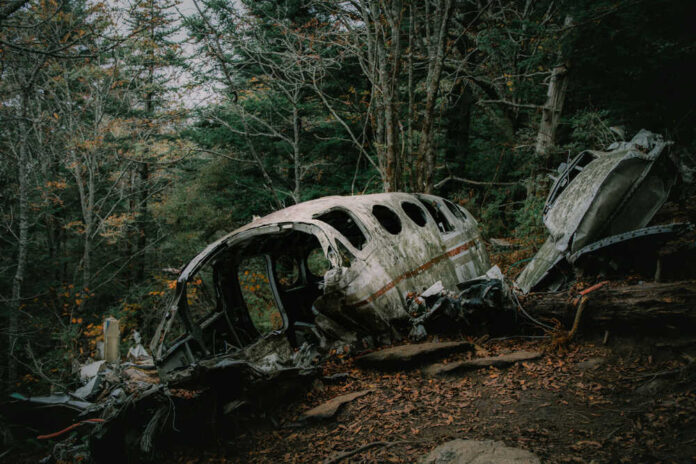The recent Russian probe, launched last week, announced on Sunday that Yevgeniy Prigozhin, the chief of the Wagner Group, met his demise in a plane crash, along with ten others. Russian officials stated that the DNA of those who died corresponded with the identities of the expected passengers, including Prigozhin. He is notorious for orchestrating an attempted coup against Russia’s military elite earlier in June.
Until Sunday, Russia had not officially acknowledged that Prigozhin was among the passengers. The statement also verified the deaths of other close associates of Prigozhin, like Dmitry Utkin, the co-founder of the Wagner group, and Prigozhin’s security head, Valery Chekalov.
On Friday, Russian President Vladimir Putin described Prigozhin’s life choices as “grave errors” but acknowledged his past contributions, especially during Russia’s assault on Ukraine.
On the other hand, as per Thursday’s update, U.S. authorities speculated an assassination attempt on Prigozhin. While initial beliefs pointed to a surface-to-air missile as the cause, the Wall Street Journal’s early findings suggested other possibilities, such as an onboard bomb. This revolution came after U.S. sources hinted to Reuters that a missile, possibly from Russia, might have downed the plane.
Following the tragedy, Russia began scrutinizing potential breaches of aviation safety.
Given his track record of addressing regime dissidents, digital discussions are rife with suggestions that Putin might have retaliated against Prigozhin. At one point, Putin highlighted how such uprisings could plunge Russia into internal strife.
Subsequently, a pact was inked between Putin and Prigozhin, facilitated by Belarusian leader Aleksandr Lukashenko, aiming to sidestep any further military confrontations. Lukashenko vouched for the accord, believing it averted potential large-scale violence in Russia. Still, specific details remained undisclosed.
Since the uprising, much speculation has existed about the Wagner leader’s location. It was presumed he frequently traveled between Russia and Belarus, where Wagner units established training bases for the Belarusian military, following an agreement that concluded the mutiny.
On July 28, he was captured in a photograph at the Africa-Russia summit in St. Petersburg, exchanging pleasantries with an official from the Central African Republic.














